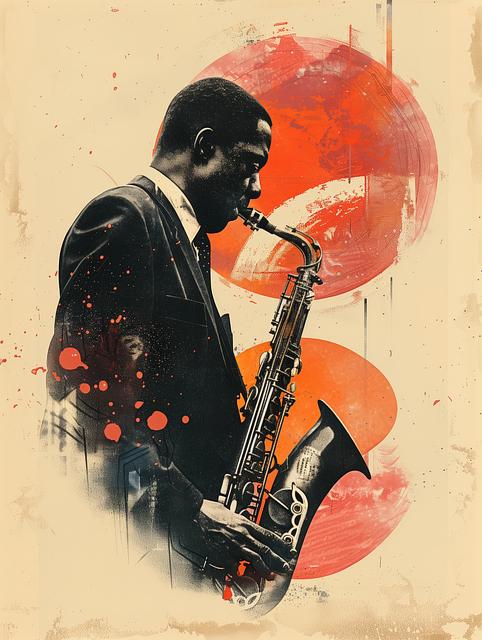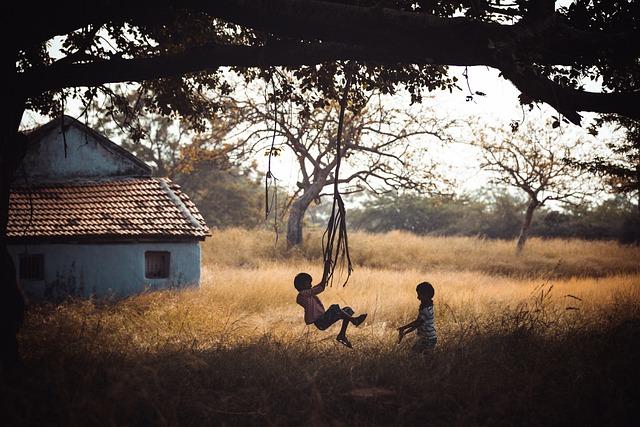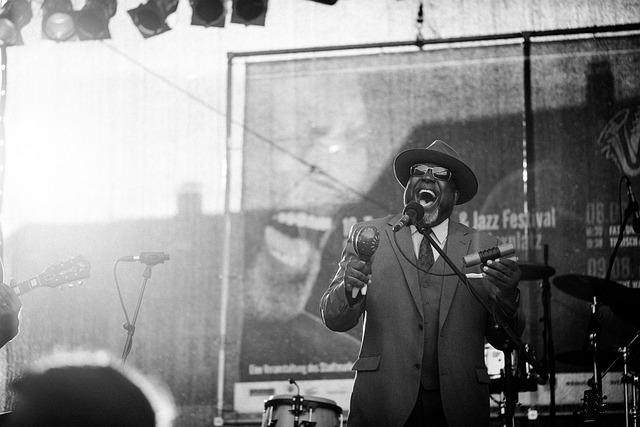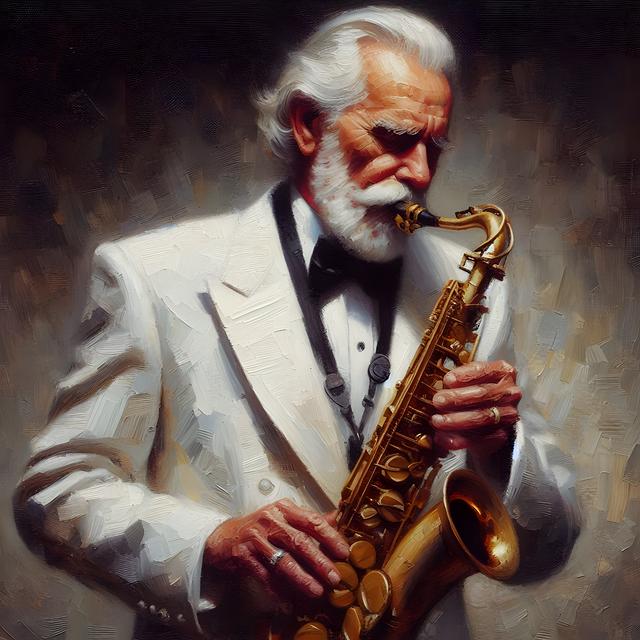Swing music, with its infectious rhythms and vibrant energy, serves as the rhythmic heartbeat of the Jazz Era, captivating listeners and dancers alike with its lively beats. Imagine stepping into a smoky ballroom where brass instruments punctuate the air and the dance floor pulses with the twirl of flapper dresses and the smooth glide of tailored suits. This genre emerges not just as a musical style but as a cultural phenomenon that reflects the vibrant spirit of the 1920s and 1930s, a time when improvisation reigned supreme and creativity knew no bounds. In this exploration of swing music, we’ll delve into its origins, its key figures, and its enduring influence, revealing why this spirited sound continues to resonate even today. So, grab your dancing shoes and let’s take a journey back in time to rediscover the captivating charm of swing!
Exploring the Origins of Swing Music and Its Cultural Impact
Diving into the rhythmic realm of swing music is like stepping back into a lively dance hall where the atmosphere is charged with energy! Born in the early 20th century, swing emerged primarily from the vibrant New Orleans jazz scene, where improvisation and creativity flourished. Influenced by African rhythms, blues, and ragtime, it quickly evolved into a distinct genre characterized by its syncopated beats and smooth, flowing melodies. As musicians began to find their musical voice, dance orchestras began to take shape, creating a sound that was not only meant for listening but for dancing. The music became a social history lesson, as its roots reflect the joys and struggles of the African American community. Iconic figures like Duke Ellington and Count Basie became the face of this sound, crafting tunes that would whisper stories of hope, love, and exuberance through their brass instruments.
The cultural impact of swing music cannot be understated; it was a powerful force that transcended racial barriers and united people on dance floors across the nation. During the Great Depression and World War II, swing provided a much-needed escape, bringing together diverse communities under the joyous banners of dance. The 1940s saw dance marathons and swing battles, filling ballrooms and clubs with enthusiastic patrons eager to cut a rug. Swing wasn’t just a musical style; it was a revolution of expression! It ushered in new trends in fashion and dance, from the sharp suits to the vibrant swing dances like the Lindy Hop. Even today, echoes of swing can be heard in modern genres, proving that its influence is as enduring as it is joyous.
The Iconic Instruments That Define the Swing Sound
When you think about the swing sound, your mind immediately conjures images of lively ballrooms, dancers spinning joyously under bright lights, and musicians with infectious energy. At the heart of that unforgettable vibe lies a core group of instruments that define the genre. The saxophone, with its smooth, sultry tones, plays a pivotal role, weaving in and out of melodies like a playful breeze on a summer day. This horn is often seen as the voice of swing, capable of expressing deep emotion or simply cutting loose with some wild improvisation. The trumpet bursts forward, sharp and bright, leading the charge with its bold fanfares and sassy swagger. It’s like the cheerleader of the band, rallying everyone together with its unmistakable flair.
No swing ensemble would be complete without the double bass, its rhythmic pulse providing the foundational heartbeat that keeps the band moving. It anchors songs, much like the trusty friend who always has your back on the dance floor. The piano adds a rich tapestry of harmonies, providing both melodic lines and driving rhythms, while the drums propel the music forward, creating an irresistible urge to move and groove. Each of these players contributes their unique voice to the ensemble, and when their sounds intertwine, they create an electrifying atmosphere that’s impossible to resist. Here’s a quick look at these iconic instruments and their roles in swing music:
| Instrument | Role in Swing |
|---|---|
| Saxophone | Expressive melodies, improvisation |
| Trumpet | Bright fanfares, leading melodies |
| Double Bass | Rhythmic foundation, groove |
| Piano | Harmonies, rhythmic support |
| Drums | Driving rhythm, energy |

Unforgettable Swing Artists Who Shaped the Genre
When we talk about swing music, we’re diving into a vibrant world shaped by some truly unforgettable artists who defined the genre. Think of the big bands and their electrifying sounds that got feet tap dancing and bodies swaying. Legends like Duke Ellington, with his innovative compositions, weren’t just musicians; they were maestros who painted stories through their melodies. Then, there’s Count Basie, whose insatiable knack for rhythm brought a sense of swing that was infectious. And how could we forget about the captivating voice of Ella Fitzgerald, whose ability to improvise on a whim brought magic to every performance? These artists didn’t just play music; they created a cultural shift and paved the way for countless others, leaving an everlasting imprint on the scene.
The magic of swing also lies in its ability to merge individual talents into a cohesive sound, and this is where the collaboration of musicians comes into play. The atmosphere during performances was electric, with artists like Benny Goodman bringing together diverse talents in orchestras that blurred the lines between genres. Each performance felt like a grand conversation – a collective heartbeat pushing jazz into new territories. To illustrate this, let’s take a look at some pivotal swing artists who not only dominated the stage but also influenced entire generations:
| Artist | Contribution | Signature Style |
|---|---|---|
| Duke Ellington | Innovative compositions and arrangements | Elevated orchestral jazz |
| Count Basie | Master of rhythm and swing | Streamlined, up-tempo style |
| Benny Goodman | Popularized swing across the U.S. | Clarinet-led big band sound |
| Ella Fitzgerald | Impeccable vocal improvisation | Scat singing and heartfelt ballads |

Swing Music Today: Reviving the Rhythm for New Generations
Today, swing music is experiencing a charming revival, dancing its way back into the hearts of younger generations. The rich rhythms of the past are making a comeback, not just in retro dance halls but also in modern music festivals and social media. It’s like rediscovering an old love letter tucked away in a forgotten drawer—the warmth and nostalgia encapsulated in each note tantalizes listeners, inviting them to feel the energy and freedom of the swing era. Bands are creatively fusing traditional swing elements with contemporary sounds, drawing in a fresh audience eager to tap into the vibrant vibes of this lively genre.
What sets swing apart today is its adaptability. Artists are interweaving classic melodies with new lyrics, and remixing iconic songs to fit modern styles, sparking a unique connection across generations. Enthusiastic communities are appearing, where the excitement of swing dancing doesn’t come with an age cap. Considered both a challenge and a joy, getting lost in the beat with friends reflects a collective spirit that music has always the power to forge. Here are some trends that highlight the rhythmical heartbeat of today’s swing music scene:
- Dance Events and Flash Mobs: Bringing people together to celebrate rhythm.
- YouTube Tutorials: Making swing dance accessible to all.
- Social Media Challenges: Encouraging the younger crowd to participate.

In Summary
As we wrap up our journey through the vibrant world of swing music, it’s clear that this genre is more than just a sound; it’s a celebration of life, rhythm, and camaraderie. Picture a lively ballroom filled with dancers twirling and gliding to the syncopated beats, each note echoing the spirited pulse of an era that transformed America’s musical landscape. Swing music holds a mirror to the past, reflecting the resilience, joy, and creativity that defined the Jazz Age.
So, the next time you hear that infectious rhythm or catch a glimpse of someone shuffling their feet to the beat, take a moment to appreciate the legacy of swing. It’s a heartbeat that continues to echo through time, reminding us of a community brought together by the power of music and dance. Whether you’re a seasoned jazz enthusiast or a curious newcomer, swing invites you to step into its world and join the celebration. After all, life is too short not to dance to its rhythm!



